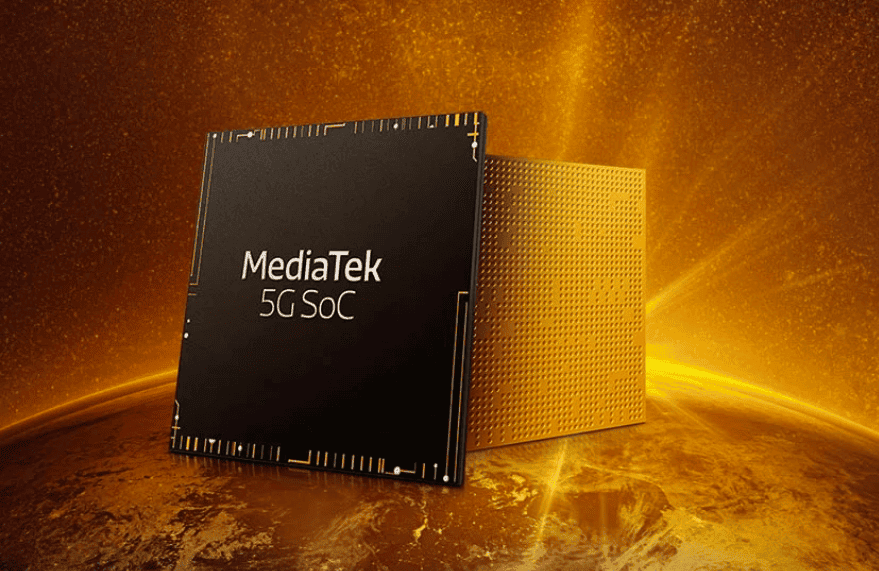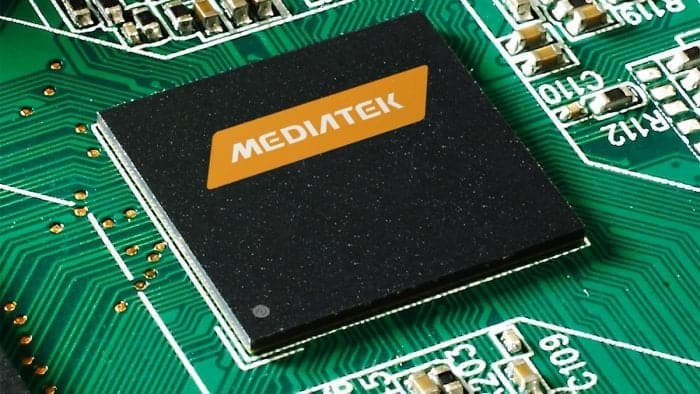It seems that Mediatek is actually cheating on benchmarks. As AnandTech found out, MediaTek offers a “Sports Mode”. It allows its SOCs (system-on-a-chip) to run in higher performance than the usual everyday life scenarios. This is in order to achieve good benchmark results.
In the test of the European version of the Oppo Reno3 Pro with MediaTek Helio P95, AnandTech had found unusually high measured values in PCMark compared to the Chinese Reno3 with Dimensity 1000L and went into the matter.
The Dimensity with its octa-core CPU consisting of four Cortex-A77 and four Cortex-A55 should actually deliver significantly better results than the Helio P95 with its two Cortex-A75 and six Cortex-A55. But this was not the case in the tests. The Dimensity 1000L, which is faster on paper, only delivered 6,781 points in PCMark 2.0. While the Helio P95, on the other hand gets 9,048 points.
The developers of PCMark has provided an anonymized version of the benchmark. With this version, the overall result in PCMark fell by 30 percent, while subtests results were lower by about 75 percent.
MediaTek has a special mode that ignores efficiency and temperature

Gizchina News of the week
This can be attributed to a changed Dynamic Voltage and Frequency Scaling (DVFS) and other schedulers that allow the SoC to operate beyond everyday parameters as soon as a benchmark is started. The clock rates rise faster and last longer or permanently at the maximum. Efficiency and temperature development are ignored.
MediaTek internally calls the mode “Sports Mode”. We can see it in a file found on nine smartphones equipped with MediaTek SoC. We are talking about “power_whitelist_cfg.xml” file in the system directory “/vendor/etc”. It only activates parameters used for specific benchmarks, including well-known platforms such as AnTuTu, Geekbench and PCMark.
MediaTek has confirmed the procedure in a statement. But it points out that it worked closely with the smartphone manufacturers to configure the devices so that benchmarks show the true potential of the SoC. The results would represent the top end of a chip’s performance. In normal use, on the other hand, the focus is on optimization in terms of performance and efficiency in order to extend the battery life. Depending on the application, the user will notice a different level of performance. This is while the SoC intelligently manages CPU, GPU and memory.






Doesn’t make any sense. Chipset brands such as Snapdragon are practicing this since years. Why accuse MediaTek only? Looks like a paid article.